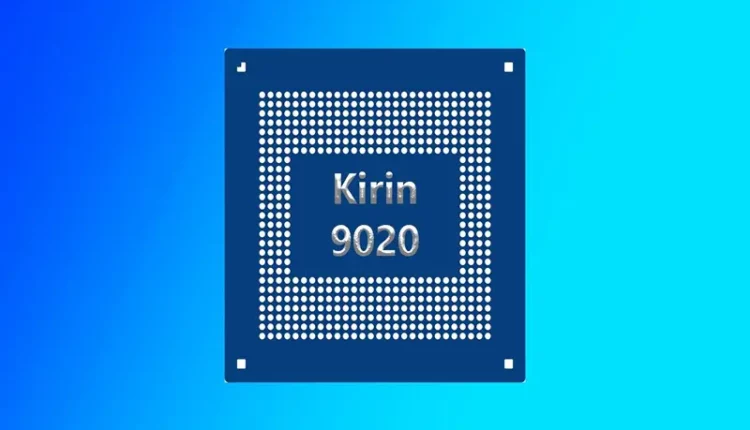©2021 Reporters Post24. All Rights Reserved.
A report highlights that Huawei has developed new EDA chip-making tools to mass produce its 7nm Kirin 9020 processors. The company took this step years ago to counter US sanctions and reignite the power of 5G Kirin chipsets for its devices.
EDA or Electronic Design Automation is a special software that helps to design and manufacture integrated circuit (IC) chips and printed circuits (PCBs).
These tools can easily automate and streamline the design procedure. In simple words, it eases everything from conceptualization to verification and physical design. It is a perfect tool to solve the complexity issues of modern semiconductor design.
EDA tools are absolutely crucial in chip manufacturing, despite the fact that they are not directly involved in semiconductor production. Instead, these tools are used to design and validate the process to ensure it fulfills specific requirements. Without these machines, companies like Xiaomi cannot move past the 3nm ceiling when developing the XRING 02, as TSMC’s 2nm technology features a Gate-All-Around Field-Effect Transistor (GAAFET) structure, which requires those complex EDA tools. With the Trump administration having banned the export of this paramount component, a report claims that Huawei has successfully circumvented these obstacles and has produced its own solutions.
Inputs reveal that Huawei joined hands with specific Chinese EDA firms in March 2023 to develop 14nm chipsets. Over time, the company made huge improvements in the chip technology and jumped to 7nm process Kirin 5G processors.
Chinese government support
On the other hand, the local authorities in Shanghai, Beijing, and Shenzhen increased investment in the China-made EDA equipment. It raised funding to boost the development of chip-making tools and help the native firms to prohibit US tech.
As of now, Huawei is in the news for using these EDA chip-making tools for the mass production of Kirin 9020 5G. The company introduced this chip last year for the Mate 70 flagship and has seeded it in the high-end Pura 80 smartphones at present.

Huawei reportedly built EDA chip-making tools to produce Kirin 9020 (Image Credits: X)
EDA machines ensure that they meet certain chip design requirements. It is not directly used to make SoCs but acts as a crucial component in the process. Without these tools, Xiaomi is unable to develop a 2nm process XRING chipset.
The latest report reveals Huawei’s efforts and dedication to make its own solutions amid tightened US sanctions. The company is looking forward to next-gen EUV tools to achieve the 5nm chip goal without struggling with the production issues.
Unfortunately, one major barrier in Huawei’s path is acquiring next-generation EUV machines that will help it produce wafers on the 5nm process and below without facing any yield issues. Currently, it relies on SMIC’s DUV equipment to mass produce the Kirin 9020 on the 7nm process, but its partner SiCarrier, is reportedly working on EUV alternatives that might match ASML’s machines. The company was previously mentioned to be raising an amount of $2.8 billion to fuel its goals, but it could still take a few years before Huawei achieves autonomy in this area.
We will not be surprised if other Chinese firms start using those EDA tools, but for someone like Xiaomi, who has its sights set on competing with the likes of Qualcomm, MediaTek, and Apple, it cannot rely on machinery tailor-made to design and validate chips fabricated on an older lithography. Perhaps this was the course of events that could force Huawei and Xiaomi to join hands to develop newer EDA tools, but that will be a discussion for another time.


